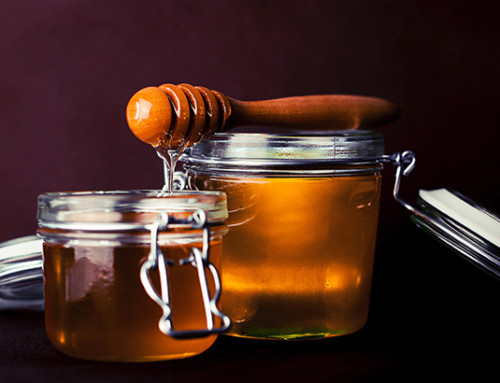Here’s a freebie for you to enjoy. Try this moldy bread experiment – let’s learn about microbes that like bread!
First, read the background information, found here on pages 3, 5, & 6 of the Student Guide. Here you will learn about how to count colonies on a dipslide, bread facts, and factors influencing microbial growth on breads.
Objectives:
- Why is bread a microbe food?
- What kinds of microbes like breads?
- What can reduce microbe populations in breads?
Materials:
- Tryptic Soy/Rose Bengal (TSA/RB) Dipslide
- Bread Slice
- Ziplock bag
- Toothpick
- Magnifier
- Camera
- Notebook
Procedure:
- Take a trip to the local grocery store or bakery, and obtain a baked loaf of bread.
- At home or in the laboratory, use a toothpick to carefully punch 4-6 small holes in a ziplock bag.
- Place a bread slice in the ziplock bag and seal it. You may want to encourage bread microbes by adding moisture to the bag by putting a damp paper towel in the bag or spraying a bit of water in the bag.
- Set the bag aside, away from sunlight. Observe the bread slice carefully over time (5-9 days). Do any visible microbes appear?
- Once mold growth appears, to direct-sample the mold on the bread, carefully open the plastic bag so there’s enough room for the dipslide to be inserted to sample the moldy bread. Be sure to do this step with an adult.
- Twist to remove the dipslide paddle from the vial. Be careful not to touch the paddle agar with your fingers, or you will cross-contaminate the agar.
- Touch the paddle surface to the moldy bread, 2x per side of the paddle to 2 separate moldy areas. Replace the paddle in the vial.
- Secure the paddle with transparent tape and wash your hands!
- Incubate the paddle for 5-7 days at room temperature away from sunlight. TIP: Place the paddle on top of the refrigerator, where it’s warm.
- Monitor the dipslide daily for signs of growth. Do not attempt to remove the paddle from the vial. Instead, make all observations through the vial. Use a magnifier to help you observe finer details of your microbe finds!
- Use this Bread Micro-Community Guide and the counting panels on page 3 of the Student Guide to presumptively (tentatively) identify bread microbes. Record this data in your notebook.
- If you have a camera, use it to take close-up pictures of the microbe colonies for help in later identification.
Going Further
If you want to go further in this investigation, design an experiment of your own or try these additional activities using either bread slices or additional dipslides to capture and sample bread microbes.
- Microbe Race! Create these experimental bread slice setups: commercial bread slice (with preservatives) against a “home-baked” bread slice (without any added preservatives). Which bread will “win” (see evidence of microbe spoilage) the microbe race?
- Mold Race 2: Which experimental condition makes it more likely for microbe spoilage to occur: An un-opened loaf of bread, or one purchased at the same time with 10 small toothpick holes poked in it?
- Do stale (dried out) bread slices provide longer protection against microbe spoilage? Design an experiment to find out!
- Which spoils more rapidly: a slice of white bread or a slice of toasted white bread after being placed in a sealed ziplock bag?
- Which configuration (inside a sealed ziplock bag) is more sensitive to microbial spoiling: a baked un-cut loaf or a baked sliced loaf?
- Compare different bread types for rate of microbe spoilage: white, brown, whole wheat, bagel, etc).
- Compare the effects of temperature on bread microbe spoiling. Use the same type of bread, incubated under identical conditions, at different temperatures (refrigerated, room temperature, warm).
- How long (past its “Best Used By” date) will a commercial bread loaf (with preservatives) remain “fresh” – with evidence of microbial spoilage?
If you enjoyed this experiment, check out LaMotte’s Microbe Hunter activities for more fun!







Leave A Comment